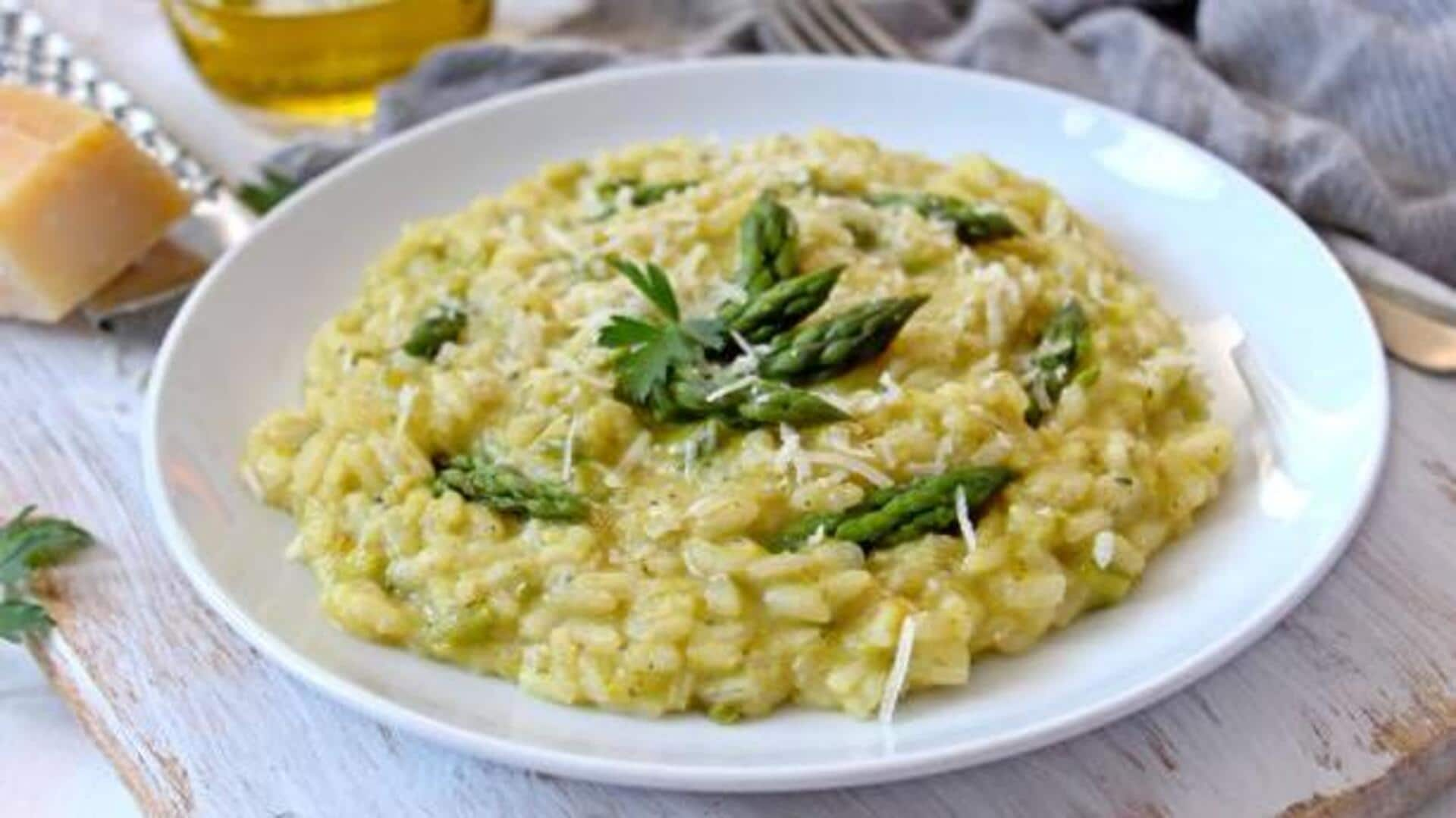
How risotto became a global favorite
What's the story
Risotto, an Italian cuisine staple, has a long, rich history that spans centuries. Hailing from Northern Italy, this creamy rice dish has seen several variations over the years. Its flexibility in terms of being customized with different ingredients, while still retaining its basic form, is what makes it so special. Here's looking at where risotto comes from, and how it became a global favorite.
Origins
The birthplace of risotto
Risotto finds its origins in the fertile plains of Northern Italy, especially in areas such as Lombardy and Piedmont. The introduction of rice cultivation in these regions during the Middle Ages set the stage for the creation of this iconic dish. Once viewed as a luxury item due to its labor-intensive production process, risotto slowly became more accessible with improved rice farming techniques.
Essentials
Key ingredients that define risotto
The traditional risotto recipe depends on certain ingredients to achieve its characteristic texture and flavor. Arborio or Carnaroli rice is preferred because of its high starch content, which makes the dish creamy. Other key ingredients include broth, onions, butter, and Parmesan cheese. They combine perfectly to make for a warm, comforting meal.
Diversity
Regional variations across Italy
Italy's diverse culinary landscape has given birth to several regional interpretations of risotto. In Milan, saffron-infused Risotto alla Milanese is popular for its vibrant color and distinct taste. From Veneto, seafood-based risottos are common due to proximity to coastal areas. Each region adds local flavors while sticking to traditional cooking methods.
Innovations
Modern twists on classic risottos
Contemporary chefs have turned risotto into a canvas for creativity. They blend non-traditional ingredients like seasonal vegetables and exotic spices. These chefs experiment with textures and grains such as quinoa. They push culinary boundaries while honoring the dish's heritage. This innovation reflects the evolving nature of food culture. It showcases a blend of tradition and modernity in global cuisine.